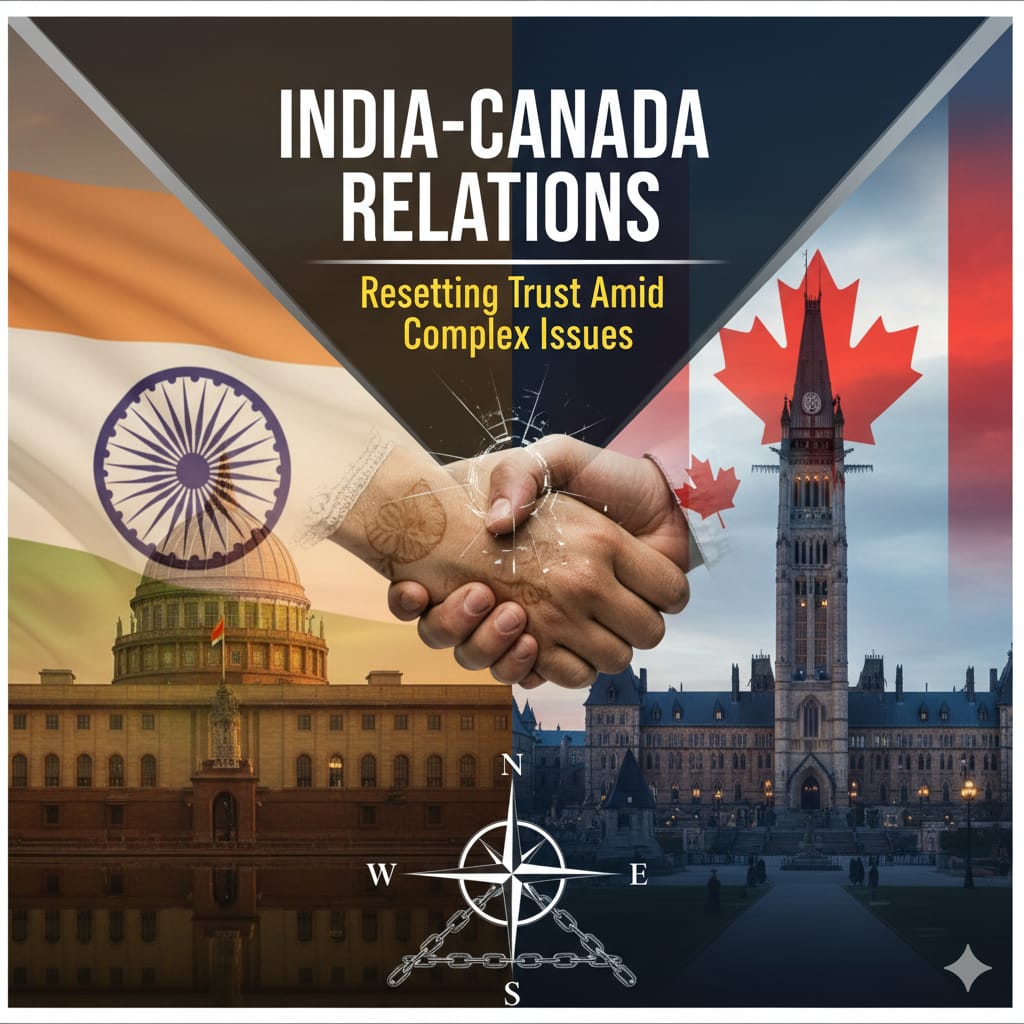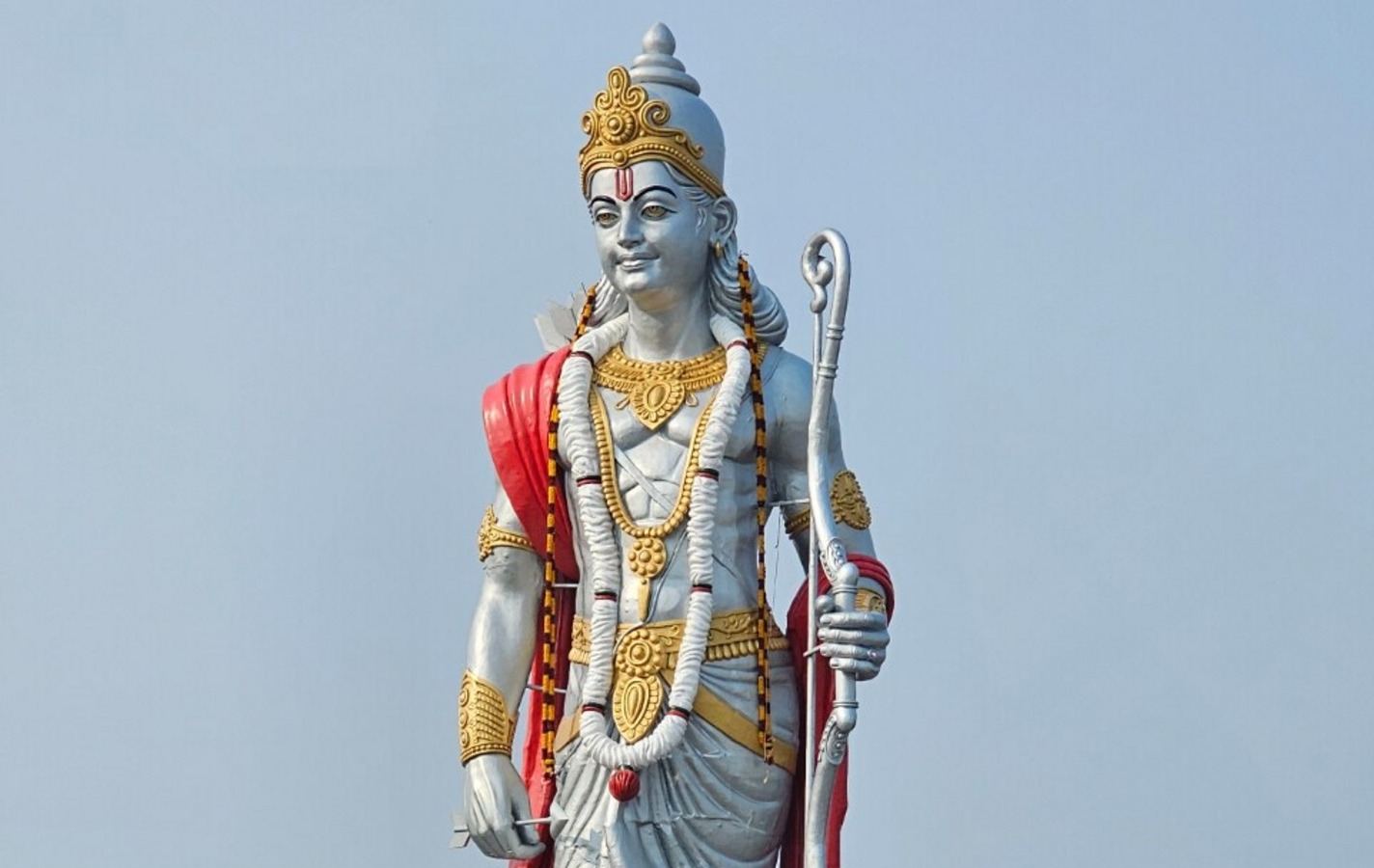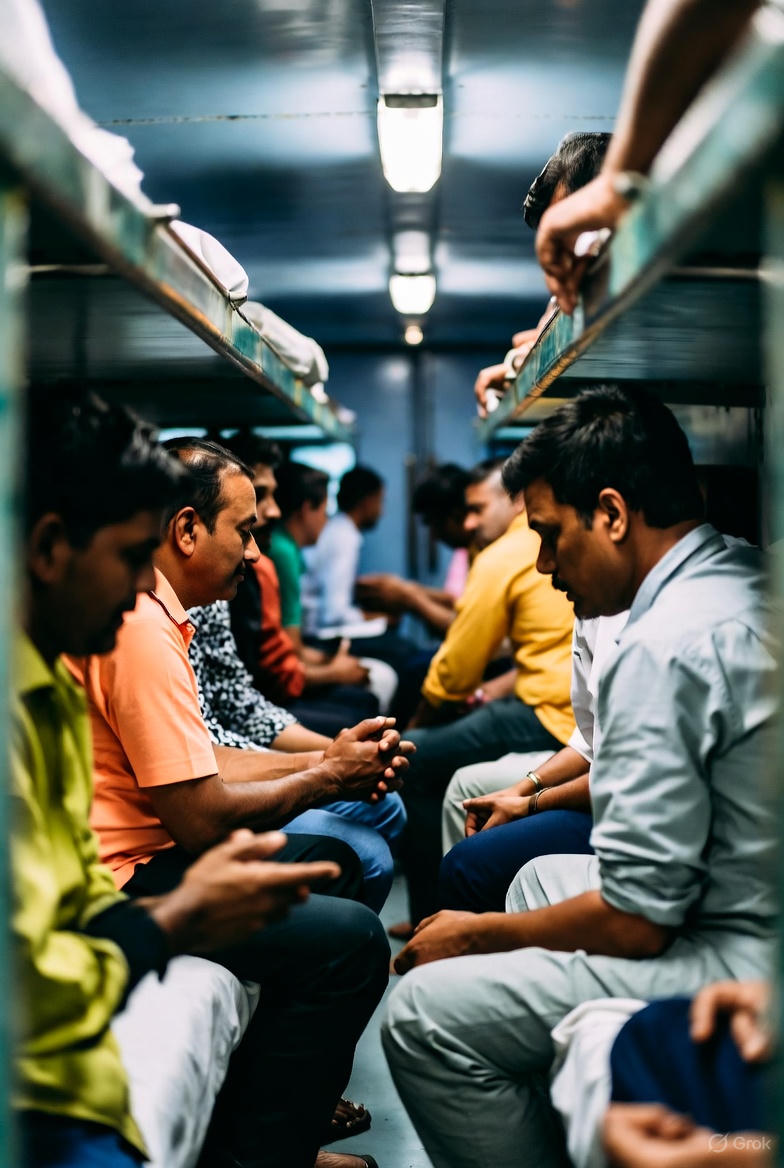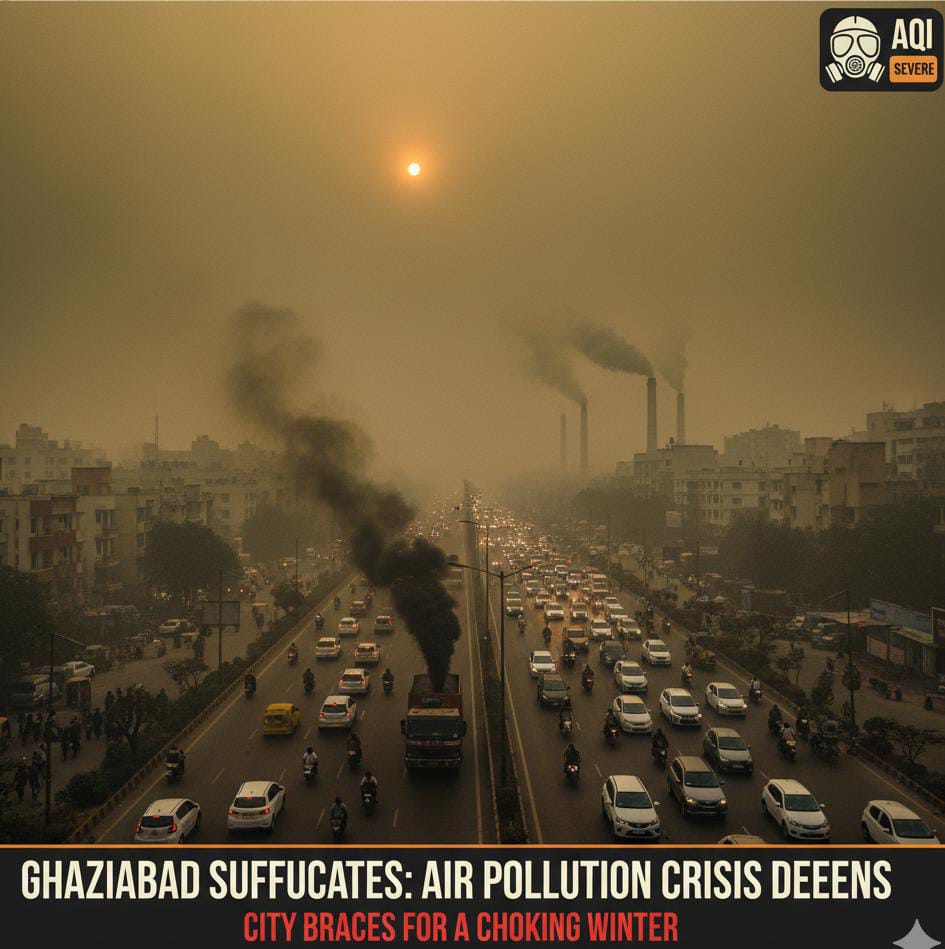
The air in Delhi has long worn the colour of defeat—a smoky grey that settles over streets, monuments, and lungs with equal entitlement. But on May 29, the Delhi government fired a rare salvo of resolve. In a bold move to combat the city’s chronic air pollution, it issued a directive mandating the installation of rooftop anti-smog guns on high-rise commercial buildings, hotels, and institutional complexes.
The weapons? Not just words. Not voluntary pleas. But state-backed mandates, issued with the weight of law.
In a notification issued by the environment department, buildings with a built-up area greater than 3,000 square metres—including malls, office complexes, and hotels—must now install anti-smog guns on their rooftops. The rule applies to all buildings with at least ground plus five floors and must be enforced within six months. Exempt from the directive are individual houses and group housing societies.
From June 15 to October 1 each year—the period most vulnerable to dust and dry weather smog—the guns must operate daily. The rest of the year, they're expected to be fired up during periods of acute pollution, especially from October to January when Delhi’s air quality plummets to emergency levels.
The mandate follows years of half-measures and civic helplessness. This time, Delhi seems to be drawing a line in the dust. "For the first time, Delhi has acted to curb air pollution at its source," said Environment Minister Manjinder Singh Sirsa. “There is accountability now, and a clear instruction to all tall buildings: mount the guns, or face action.”
The guns in question resemble oversized hairdryers but operate with industrial intensity. They spray fine mists of treated water into the air, targeting particulate matter such as PM2.5 and PM10—pollutants small enough to pierce lungs and bloodstream. Each gun consumes around 1,000 to 1,200 litres of water per hour and must be installed using fixed brackets, not temporary or mobile fittings. Buildings with more than 10,000 square metres of built-up area must install three such devices, with an additional gun required for every extra 5,000 square metres.
The Delhi government insists that only treated water be used—recycled, not drawn afresh from already stressed sources. Experts estimate each gun should have a horizontal spray reach of 75 to 100 metres and disperse water droplets measuring between 5 to 20 microns, small enough to capture the invisible threat floating in Delhi’s skyline.
Officials say the decision stems not only from environmental urgency but also from a hard-nosed understanding of optics and urban responsibility. With Delhi’s global image increasingly tinted by images of masked schoolchildren and vanishing monuments, the move is designed to force both compliance and conscience.
Yet as with most government directives in India, the devil hides in execution. The cost of installation and daily operation will likely fall on private developers and building managers. Several voices from the real estate sector have raised concerns about infrastructure, budgeting, and technical know-how.
Environmentalists too have offered cautious praise, tempered by realism. Sunil Dahiya from the Centre for Research on Energy and Clean Air (CREA) called the order “a small but visible gesture.” He added, “Anti-smog guns are not long-term solutions. They're band-aids. Real healing will require slashing emissions, not just spraying them down.”
Nevertheless, symbolism in Delhi is not cheap. In a city where pollution masks have become as routine as umbrellas in Mumbai, even a minor reprieve can feel monumental. And symbolism backed by enforcement? That is a rare and potent cocktail in Indian governance.
If implemented with consistency and transparency, this rooftop revolution might not clear Delhi’s air overnight, but it could clear the air on something else: the state’s willingness to act.
For a city that chokes on its own progress, every mist matters. And this time, the mist comes not as metaphor, but as mandate.




.jpeg)





.jpeg)



.jpeg)



.jpeg)
.jpeg)
.jpeg)
